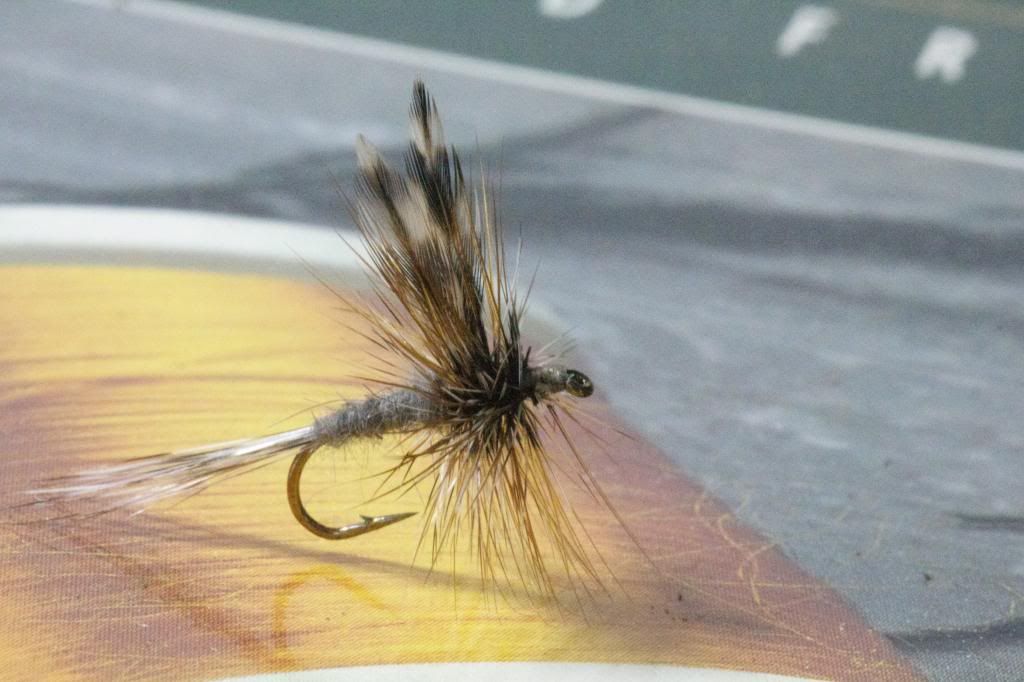
Originally Posted by
Allan

Bryan,
You just won't let something be done. You just posted that: "If you scroll down on page 2 of this thread I posted about the Whitcraft fly, you will see that I posted what I called a "Variant of the Whitcraft". It was basically the same fly, but I substituted different colored hackle."
Are you saying that the only thing different between the Whitcraft recipe and your version, as in the photograph, is the hackle color? Doesn't look it. I'll repeat what I wrote in prior posts: If you can see an obvious and distinct difference between two flies then they are not 'variants'. If I were to paraphrase your description, substitute 'material' in place of hackle, I could say that the Light Hendrickson and Red Quill are variants of the Quill Gordon because they are "basically the same fly, but different body material".





 Reply With Quote
Reply With Quote
